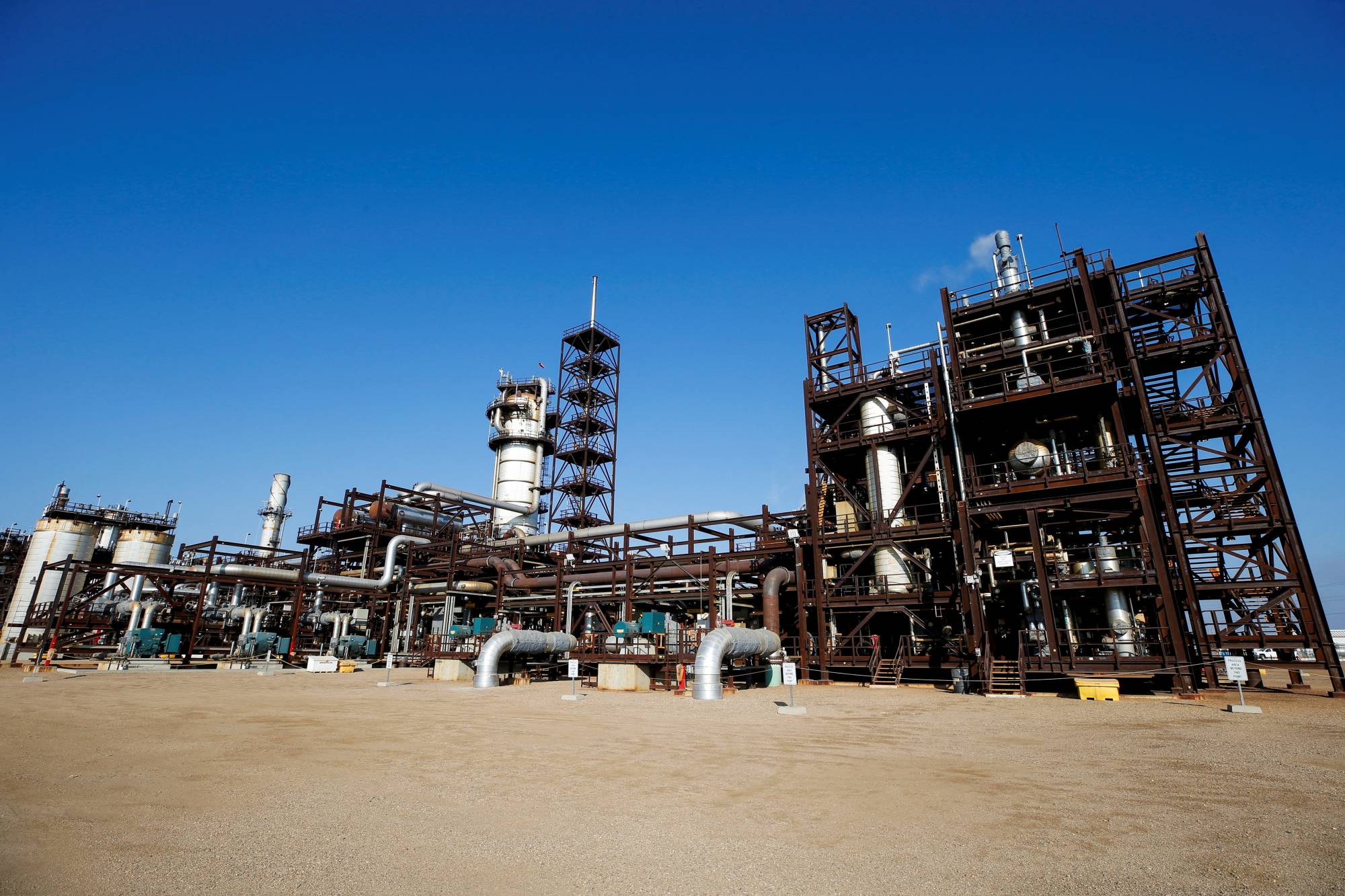Vodka. Jet fuel. Hand sanitizer. Perfume. A growing number of companies are turning carbon dioxide captured from the air or factory smokestacks into everyday products so the greenhouse gas doesn’t escape into the atmosphere and heat the planet — or at least gets recycled a few times before it does.
Carbon capture technology works by separating carbon dioxide from other gases using expensive solvents that attract the molecules like iron filings to a magnet. Once captured, the carbon dioxide can be buried deep underground in places such as depleted oil and gas wells, where it remains for centuries. But that process has its challenges. On top of the high cost, companies also have to figure out how to transport the carbon dioxide and find the right geological structures in which to store it.
That’s why some startups are turning to what’s known as carbon capture and utilization (CCU), where the carbon dioxide is used to make goods that can be sold to fund the scaling up of their technologies. There’s a potential $1 trillion market in the U.S. alone for products made from captured carbon dioxide emissions, according to non-governmental organization Carbon180, ranging from plastics and building materials to food and drinks.



















With your current subscription plan you can comment on stories. However, before writing your first comment, please create a display name in the Profile section of your subscriber account page.